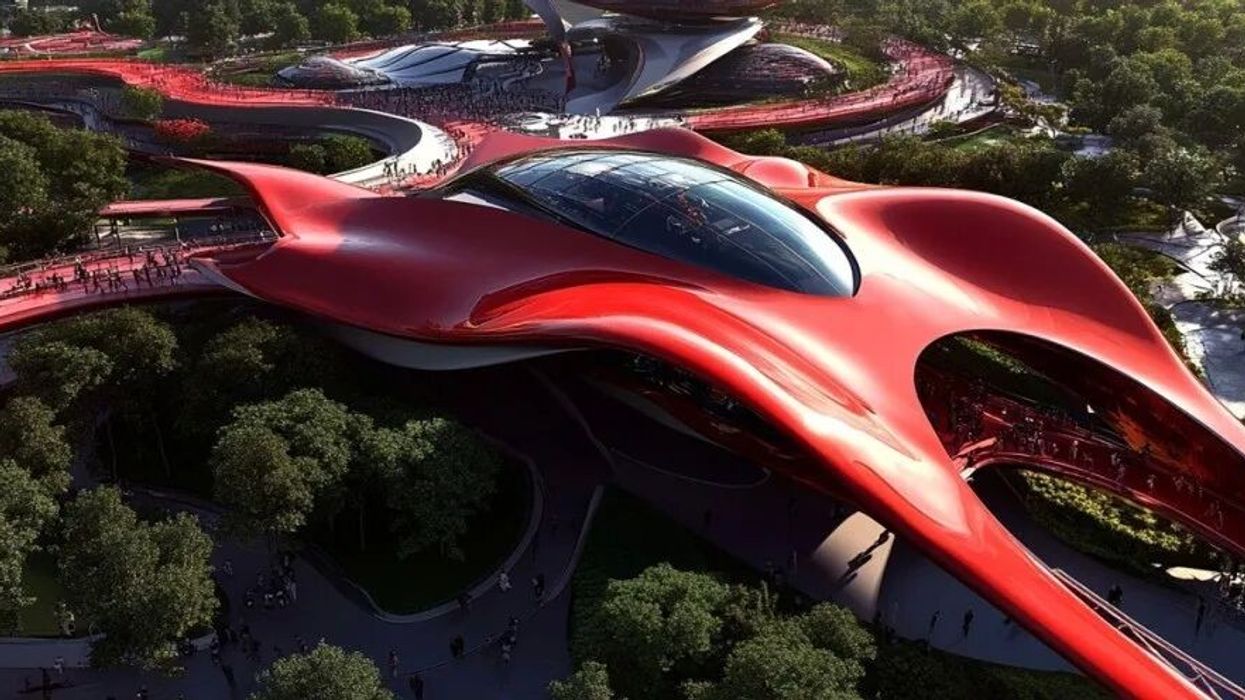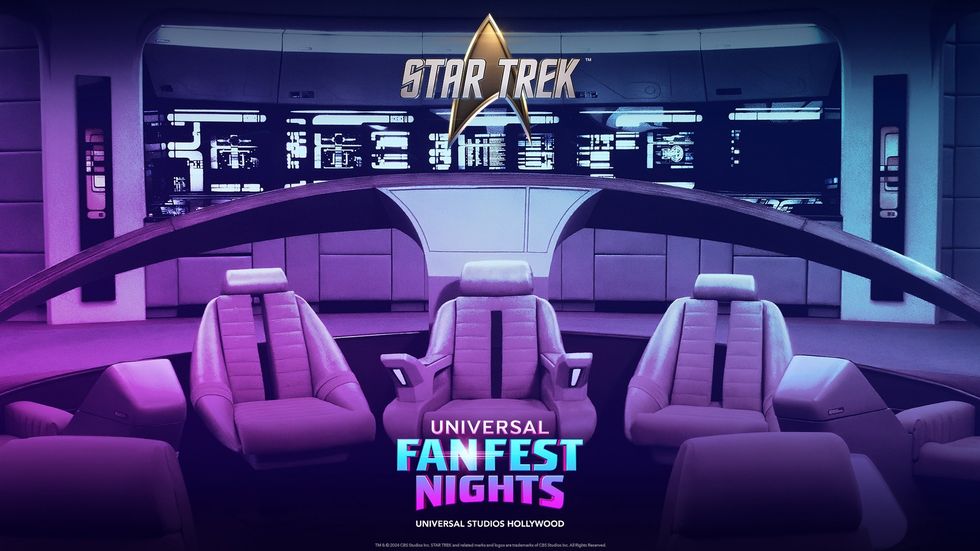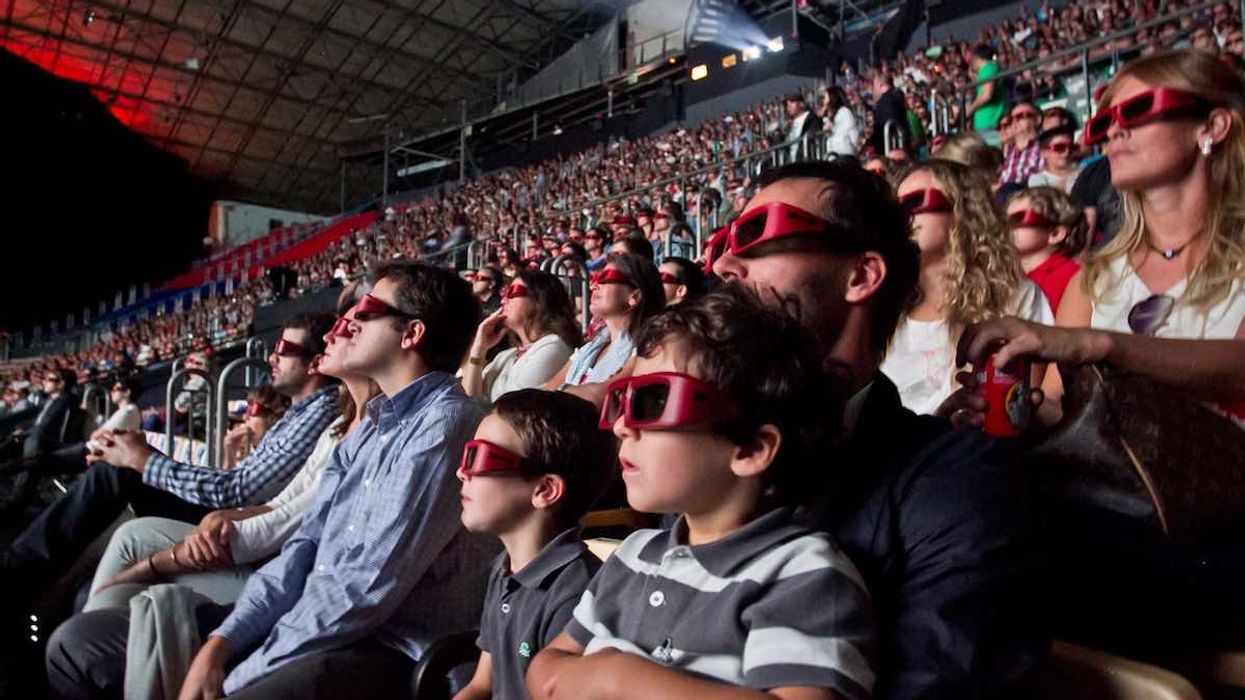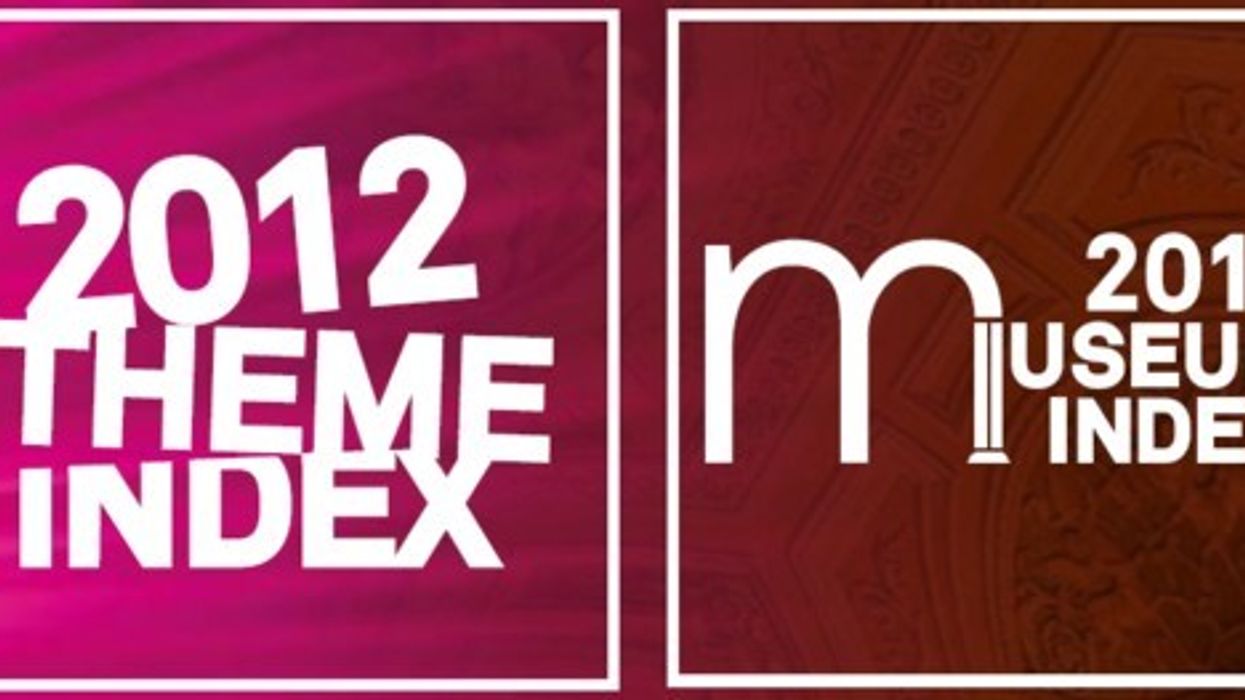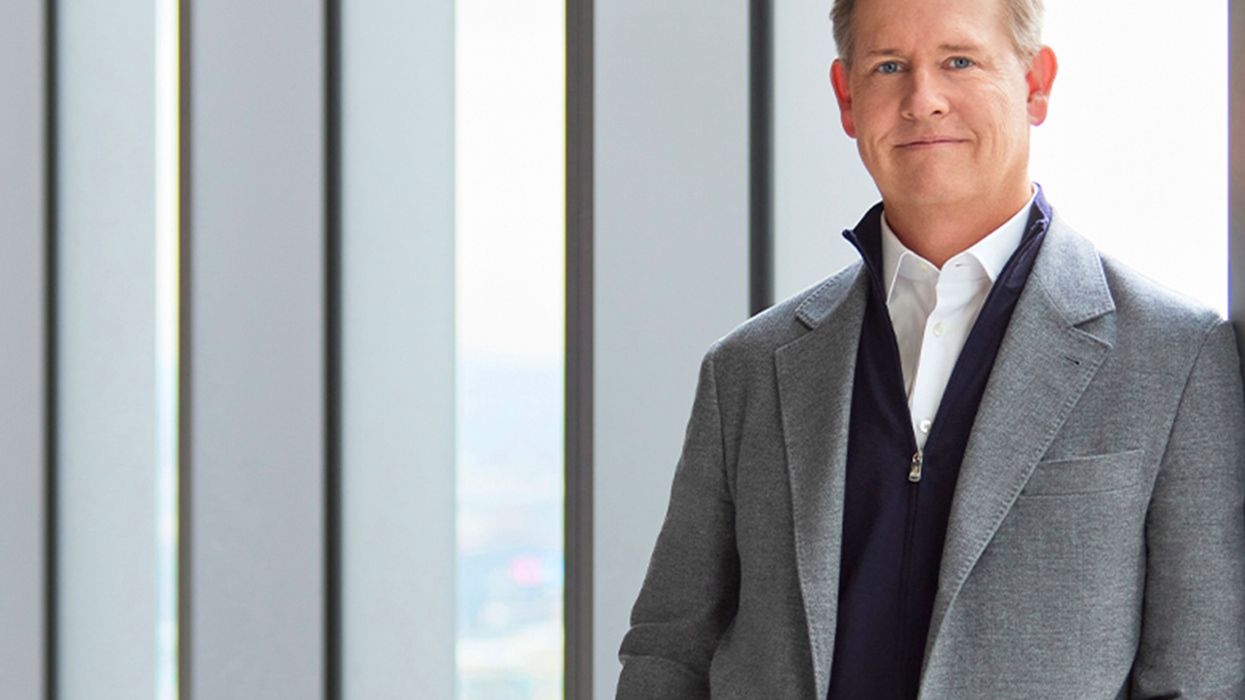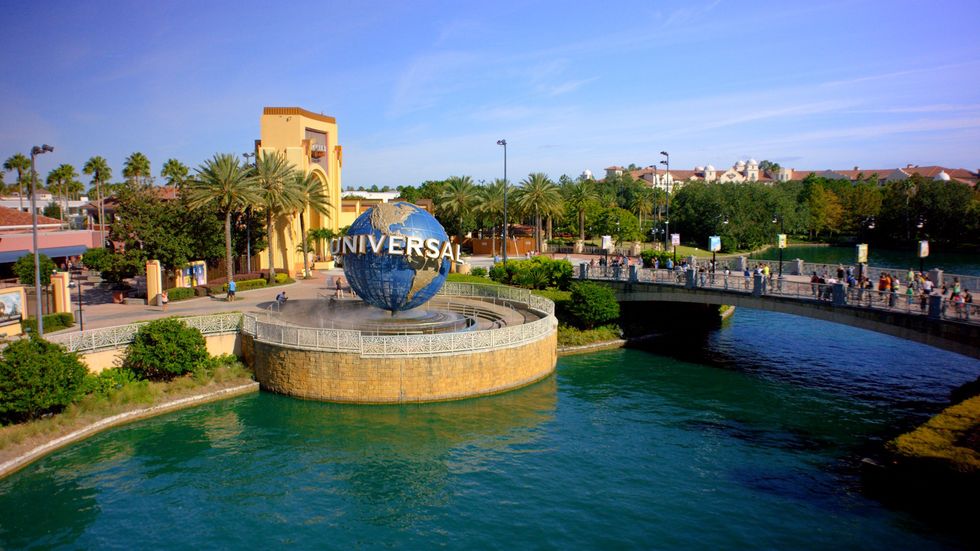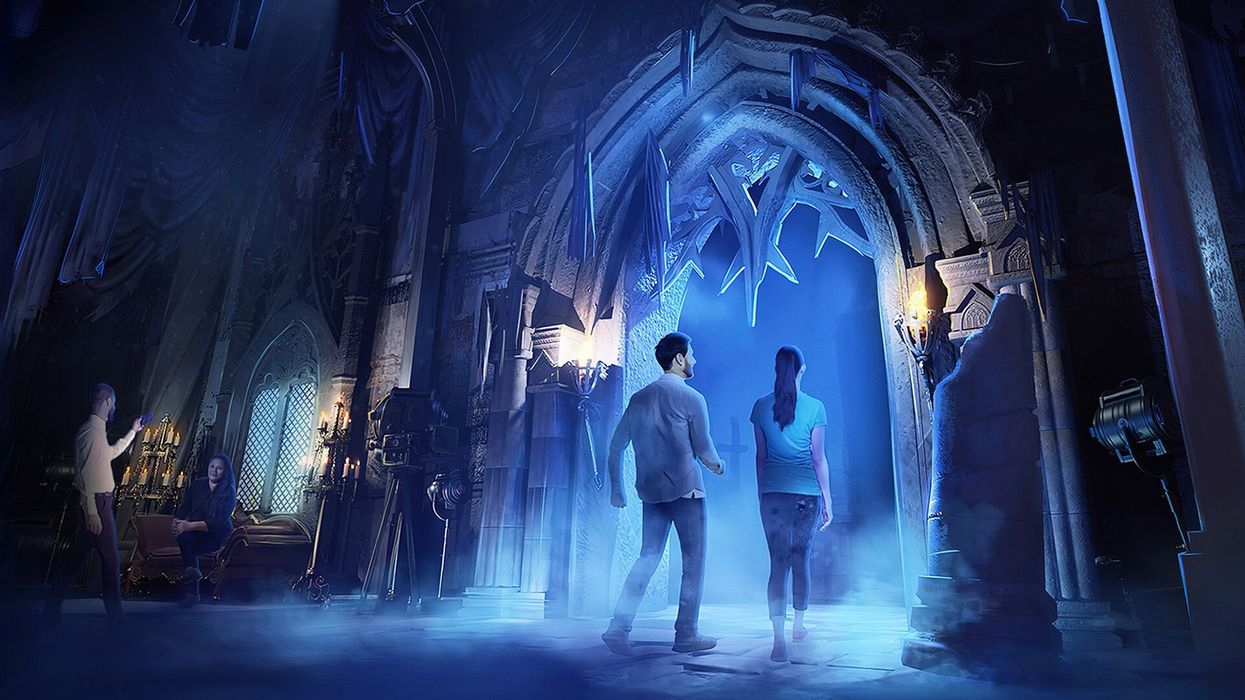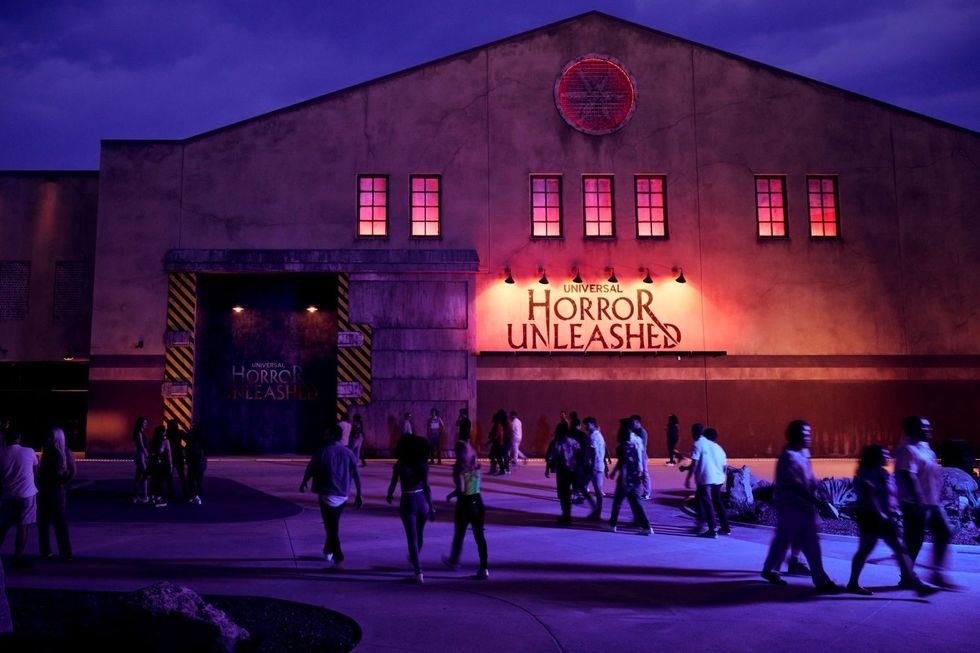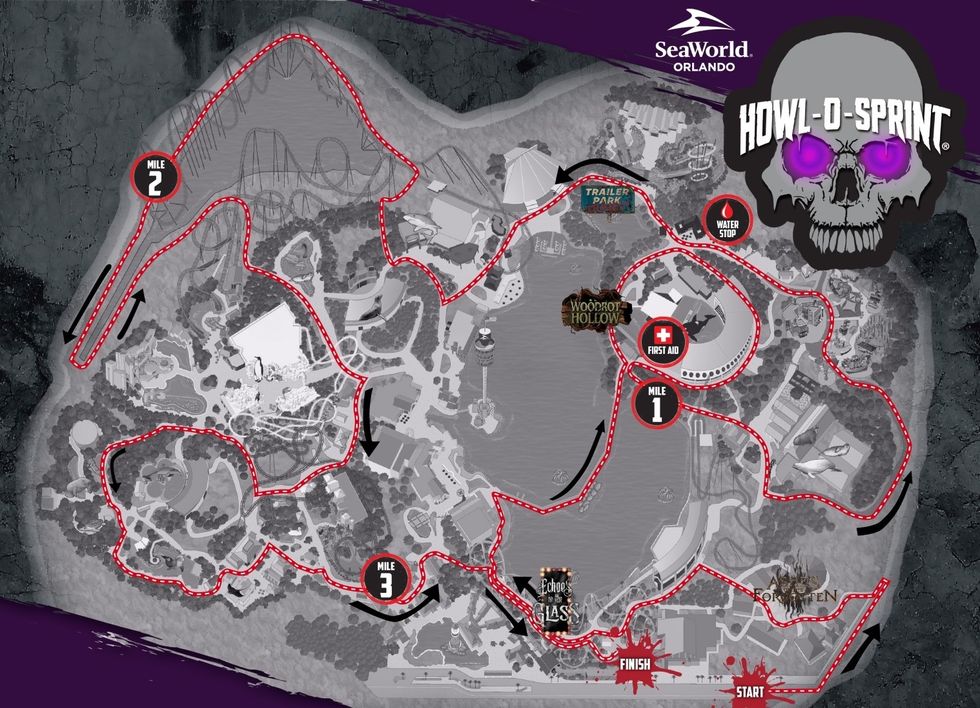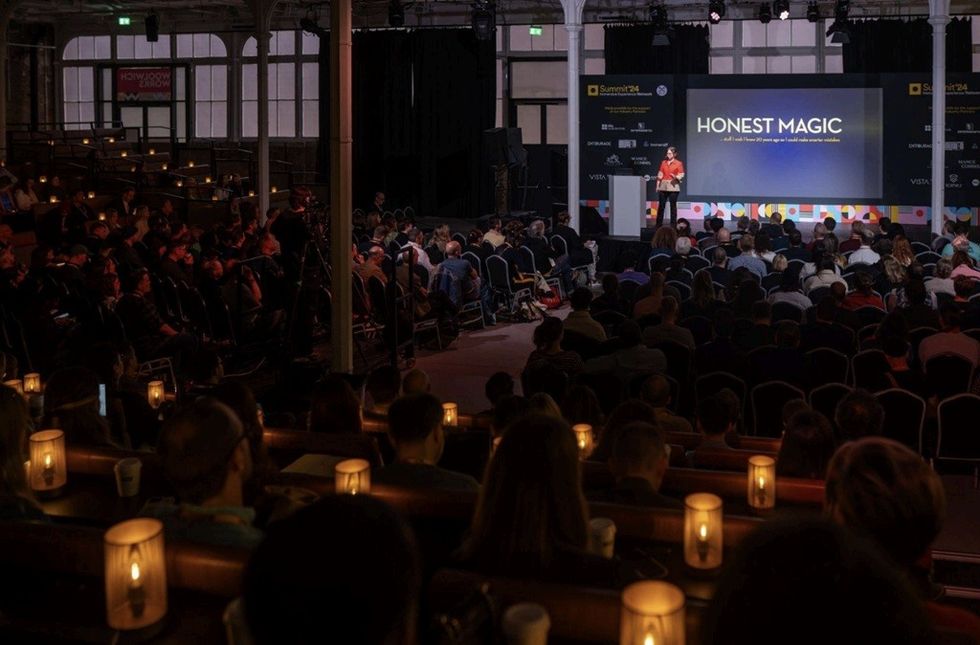Beijing’s Sub-Centre Cultural Tourism Zone (北京副中心文旅区) has announced four high-profile developments at its latest investment promotion conference, marking a significant step in positioning the eastern district of the capital as a next-generation cultural and leisure destination.
Held on 21 November at Crowne Plaza, Beijing Tongzhou district, under the theme “Boundless Culture & Tourism: Ignited by You”, the event brought together more than 200 leaders from the tourism, investment, and commercial sectors to preview a new blueprint for the Sub-Centre's future.
Since early 2025, the Cultural Tourism Zone has accelerated its build-out. The headquarters of Beijing Tourism Group (首旅集团) moved in, and the Urban Sports Centre (城市运动中心) secured its site.
The North Hub transport interchange (环北交通枢纽) entered trial operation, three high-end hotels opened, and the “Wanli” (湾里) commercial and entertainment complex is preparing for launch at the end of the year.
Officials described this momentum as the transition from “witnessing the new” to “co-creating the next.”
Four major signings signal a strong cultural tourism cluster
At the centre of the conference were four major project signings: Mars Habitat Sci-Fi City, the Ferrari World Entertainment Complex, the Sagittarius Base Camp, and a new Smart Cultural Tourism Platform.
Combined investment across the projects is expected to reach nearly ¥10 bn ($1.4 bn).
The Ferrari World Entertainment Complex achieved a milestone leap from last year's conceptual debut to this year's formal investment agreement.
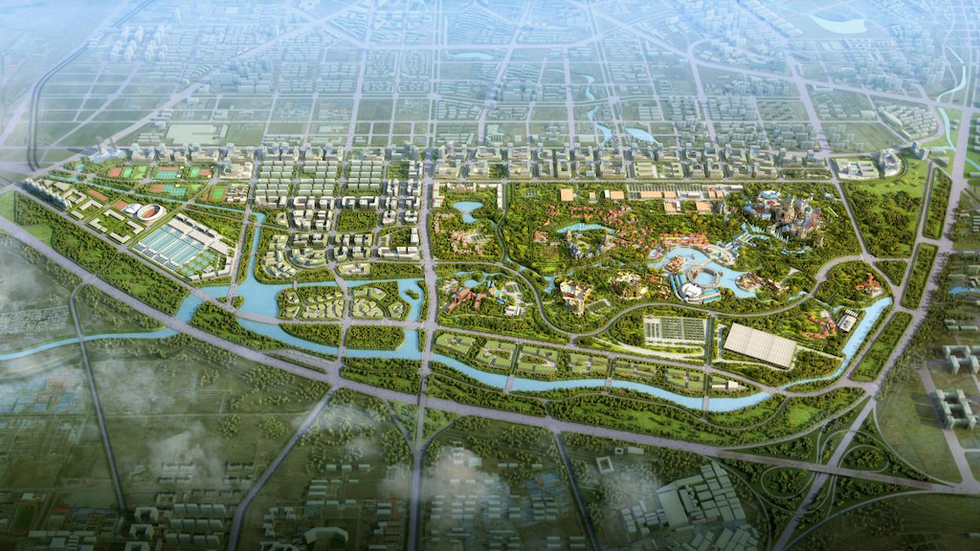
If developed as planned, it is expected to become the first Ferrari World destination in Asia, introducing one of the world’s most recognisable performance brands into Beijing’s expanding leisure landscape. This project was a hot topic of guess for nearly 10 years.
The project began in 2016, when Ferrari, Beijing Automotive, and BAIC Eternaland signed a memorandum of understanding for a Ferrari-themed park in Mainland China. Since then, multiple cities have been under the radar as possible final winners, including Guangzhou and Shenzhen.
Meanwhile, the Mars Habitat Sci-Fi City project made its first public appearance and simultaneously completed its investment agreement.
With a planned investment of nearly ¥5 bn ($700 m), it will become China’s first large-scale Mars-themed immersive experience base, integrating Martian cultural creativity, aerospace science education, interactive learning, and space-themed entertainment.
Ferrari World entertainment complex: international IP arrives in Beijing
The Ferrari World Entertainment Complex is set to deliver an international-standard motorsport entertainment environment. Drawing on Ferrari World Abu Dhabi’s successful model, the Beijing development is expected to combine:
- High-velocity rollercoasters and racing simulators, designed around acceleration, G-forces and Ferrari’s performance heritage.
- Motorsport stunt and live show arena, enabling year-round programming.
- Ferrari Design & Innovation Gallery, showcasing engineering, aerodynamics and Italian motorsport culture through interactive displays.
- Premium dining and flagship retail, targeting families, tourists and automotive enthusiasts.
Mars Habitat Sci-Fi City: a flagship for China’s growing sci-fi tourism
Positioned as a fully immersive “future living environment,” the Mars Habitat Sci-Fi City aims to simulate life and exploration on a Martian outpost. Planned highlights include:
- Martian Settlement Pavilion featuring simulated pressure-controlled habitats, rover-driving missions, and EVAs recreated through multisensory environments.
- Aerospace Education Centre, co-developed with leading space research institutes, offers STEM courses, youth astronaut training and science shows.
- Narrative-driven exhibition halls presenting China’s space exploration achievements through a blend of physical sets, real mission data, AR overlays and AI-generated storytelling.
- Martian Landscape Park is an outdoor red-soil zone designed for light shows, night-time astronomy programmes and planetary exploration-themed performances.
The project reflects Beijing’s ambition to lead China’s sci-fi tourism wave and to leverage the Sub-Centre as a testing ground for “future culture” experiences.
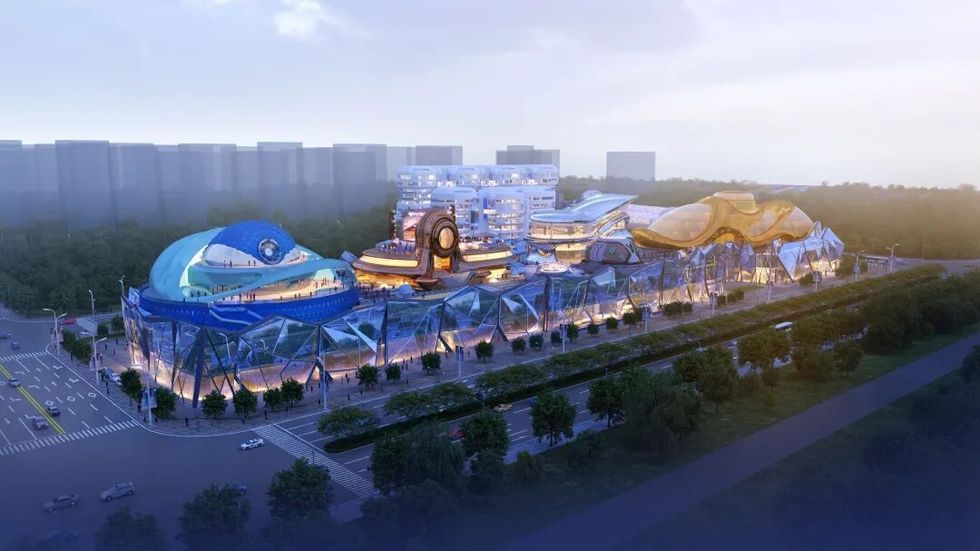
Together, the two flagship developments position the Sub-Centre as a competitive new entrant in China’s top-tier themed entertainment market.
The other two major signings confirmed at the conference were a three-party cooperation agreement for the Sagittarius Base Camp outdoor adventure project and the official signing of the Smart Cultural Tourism Platform, which will support digital operations, data integration and experience optimisation across the zone.
A new destination emerging in eastern Beijing
Officials emphasised that the Sub-Centre Cultural Tourism Zone is not only a cultural and leisure hub but also a growing IP-driven industrial cluster, supported by strong policy incentives, comprehensive infrastructure upgrades and expanding commercial activity.
With 46 hectares of additional developable land—38 hectares for industry and 8 hectares for residential use—the district is inviting global partners to participate in its next phase of growth.
As Beijing pursues high-quality development in its eastern gateway, the Sub-Centre is positioning itself as a new cultural, tourism and innovative urban living hub.
Last year, the design for the highly anticipated Beijing Haichang Ocean Park was revealed. The 150,000-square-metre (1,614,586-square-foot) venue, located near Universal Studios Beijing in the city's Tongzhou area, will be one of the world's largest aquariums when it opens in 2027.
Huaiyuan (Robert) Ren is blooloop's Asia editor, responsible for editorial coverage across Asia and for strengthening relationships with partners and clients in the region. Trained in art history, museum studies and business administration, he has worked extensively in exhibition-making, collections research, and cultural programming. He also serves as the Student and Emerging Professionals Trustee for ICOM UK, supporting the visibility and engagement of new voices within the cultural and museum sector.
